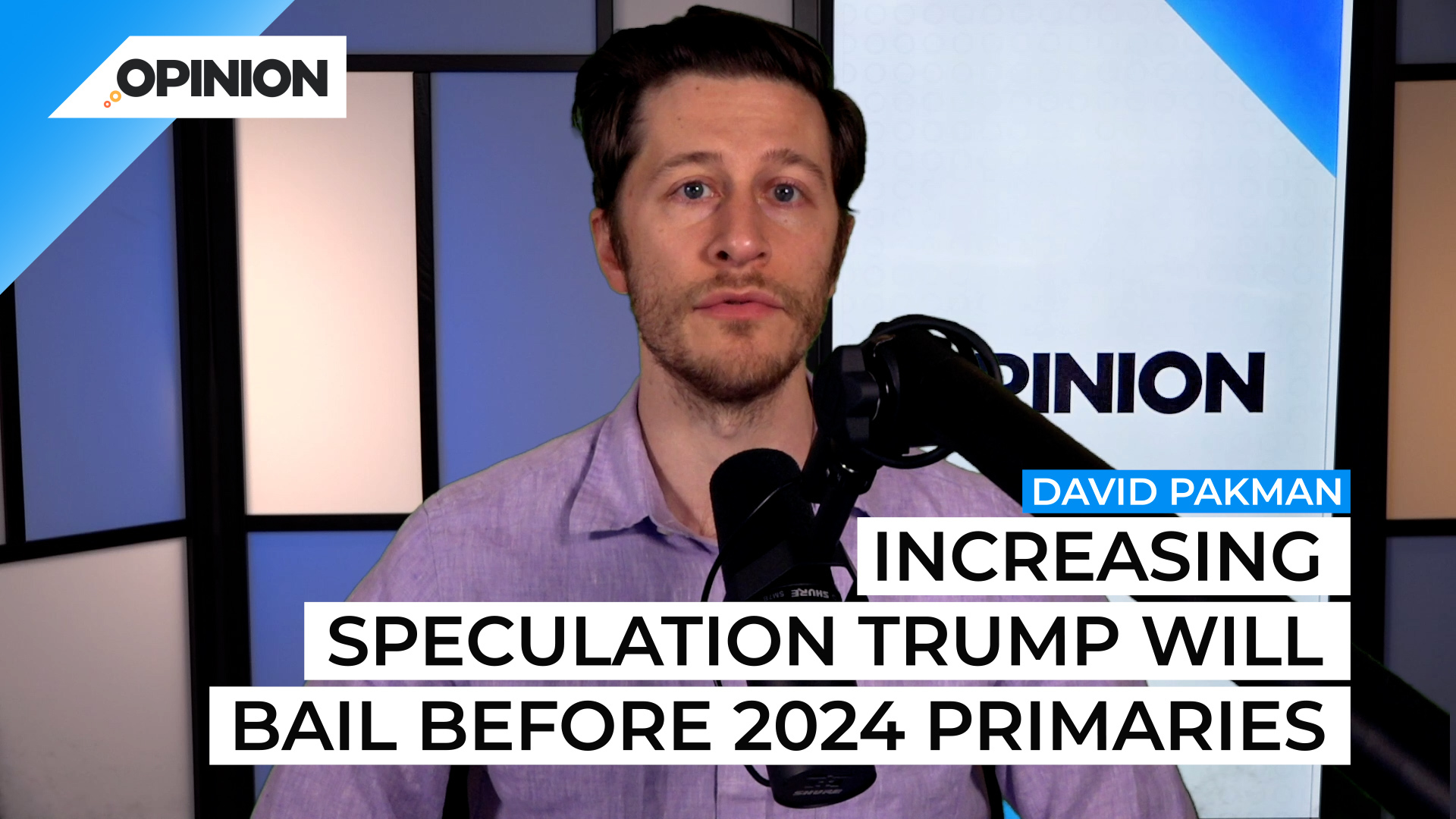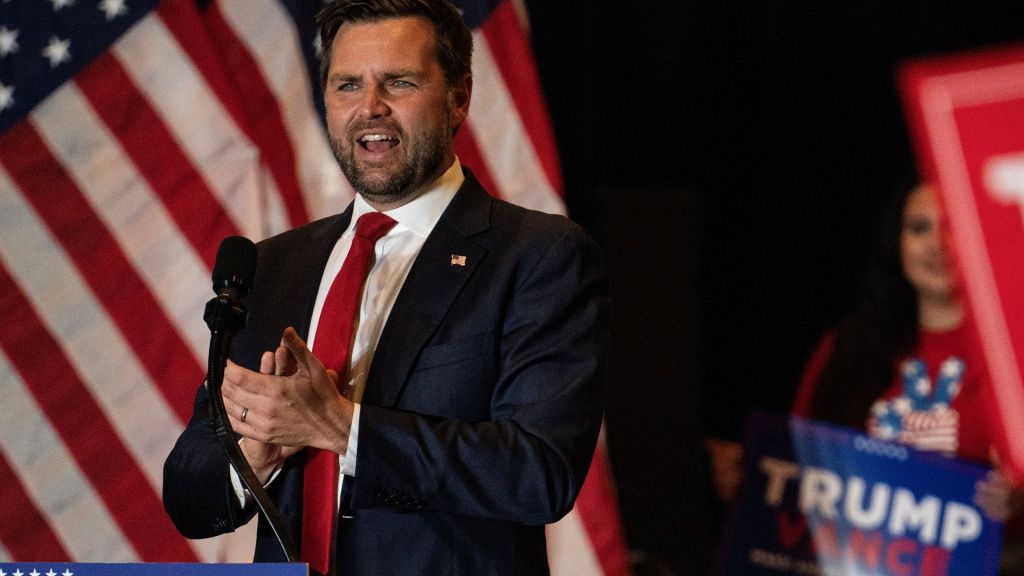
Commentary
-
Our commentary partners will help you reach your own conclusions on complex topics.
We now know that Democrats will control the US Senate in the next two year period, not 50-50, requiring Kamala Harris for every tie breaking vote, but 51 to 49. And this happens as a result of the results of the December 6 Georgia Senate runoff wherein challenging Republican candidate Herschel Walker, lost to incumbent Democratic Senator Raphael Warnock. This dates back to the November 8 midterm elections. Georgia has a 50% rule. That rule states that if no candidate gets 50% of the vote, the top two vote-getters will be in a one versus one runoff, for lack of a better term, because of a third party candidate getting about 2% of the vote. Neither Warnock nor Walker achieved that 50% margin on November 8th, so roughly one month later, on
December 6, there was a runoff and indeed, Herschel Walker lost by about a point and a half roughly. This has significant implications, and they are far reaching. Now let’s kind of go from the narrowest to the broadest implications and considerations. Narrowly, first are, what are the logistical differences for Democrats with a 51-49 majority, as compared to a 50-50 majority where Kamala Harris is a tie breaking vote? Well, there’s a number.
Number one, you don’t have to negotiate what’s called a “power-sharing arrangement” with the minority, which is the Republicans.
And that’s a really great thing, because those power-sharing arrangements often require, or they don’t require, but they end up with, for example, 50-50 splits on committees. And this creates this really slow process, where if, imagine a committee with 16 senators, eight Republicans, eight Democrats, if they tie eight to eight, then the vote, whatever they’re voting on, comes out to the full Senate, and they vote and then it’s 50-50. And then you bring in Kamala Harris, and she is the tiebreaker. Democrats still have the majority, they’ll still get the votes, but it takes so much longer. And so without having to do the power-sharing arrangement, and having a 51-49 majority rather than 50-50, most likely the committees will have one more democratic seat than the Senate. So on a 16-person committee, instead of eight, it will be nine to seven, and it eliminates this entire problem. Number two, no one Democratic Senator will have what is effectively a veto power. Veto power meaning if it’s 50-50 and Joe Manchin doesn’t like a bill, then Joe Manchin effectively can just veto by saying I won’t vote for it. There will be a two Senator veto power, but now it means you need two instead of one senator to act together in order to do that. So that’s definitely an advantage for Democrats as well. Stronger power to issue subpoenas where subpoenas will no longer need bipartisan support out of a committee in order to get issued, that’s a convenience. And if there were to be a Supreme Court vacancy, it could be easier. It could be easier. You never know until you know, well, who is the nominee and what are the kinds of circumstances. And then lastly, on issues that need 60 votes to pass, you only need to find nine Republicans to vote with you instead of 10. It’s a small difference. On many things, you’re not going to find even two Republicans to vote for you. So nine versus 10 may not make a difference. But it gets you one vote closer on a number of these different issues. So for the next two years, that’s the important takeaway. Second takeaway, what about the 2022 midterms? Does our perspective on the 2022 midterms change because the Senate will be 51-49 rather than 50-50? Not really. I mean, either way, regardless of this particular race and its outcome, Democrats lost the House and maintained control of the Senate. But there’s kind of this funny imagery of it’s a red wave in which Democrats gained seats in the Senate, doesn’t really feel like a red wave when Democrats gain seats in the Senate. So that’s definitely an interesting component to it as well in terms of like our takeaway, broadly of the outcome of the 2022 midterms.
What does this mean about MAGA and Trump for 2024? This is, Trump had a number of failed endorsements, I know Trump will tout “Oh, I won 210 or something like that.” It’s easy to run up the endorsement score by mostly endorsing incumbents and the winners of Republican primaries in very red states. Anybody can do it right? The more difficult thing is winning with endorsements in contested consequential races.
Governor of Pennsylvania where Doug Mastriano lost, Trump’s endorsee. Governor of Arizona where Kari Lake lost. Or governor of Michigan, where Tudor Dixon lost. The Senate seat in Pennsylvania where Mehmet Oz lost. All of these, Trump endorsed people. And then meanwhile, Trump barely endorsing Ron DeSantis, who’s from an arguably different wing, at least at this point of the Republican Party, and DeSantis over blows the polling and wins by 19 instead of I believe it was 11 or 12 he was expected to win by. So now there’s the question of the Trump endorsement power for 2024. And there were increasing rumors that Trump may not even make it to the primary, that if this really continues to be so ugly, and someone like DeSantis declares and continues to pull well, and it just seems guaranteed Trump’s going to lose, there is increasingly speculation that Trump will bail before the first 2024 primaries rather than suffer a defeat. Remains to be seen.
-
Trump knew his promise to lower egg prices was nonsense
In August 2024, then-candidate Donald Trump held a press conference surrounded by packaged foods, milk and eggs, proclaiming: “When I win, I will immediately bring prices down, starting on Day One.” Now, as President, Trump faces a surge in egg prices, which jumped more than 15% last month due to the ongoing avian flu — the largest… -
The real costs of Trump’s tariffs
In a high-stakes trade war initiated by U.S. President Donald Trump less than two weeks into his second term, the United States imposed 25% tariffs on all non-exempt imports from Canada, 10% for China, and nearly implemented a similar 25% tariff on Mexican imports before striking a last-minute deal with Mexican President Claudia Sheinbaum. Following… -
H-1B visa program ignites a civil war within MAGA
On his first day back in the White House, President Donald Trump signed a record number of executive orders, including some intending to revise Biden-era immigration policies. However, one program stayed the same: the H-1B visa, which allows companies to hire highly skilled foreign workers. This has sparked a debate between two of Trump’s allies,… -
Voters must hold Trump accountable to his economic promises
Former President Biden leaves behind a soaring U.S. economy that economists say is the envy of the world. With record-low unemployment, record-high stocks, rising wages and 3% annual GDP growth, some analysts say it will be a difficult task for Trump to perform as well as Biden has. Yet President Donald Trump campaigned on the… -
Tracking economic trends from Biden to Trump
As Donald Trump starts his second presidential term, he’s stepping into an economy that looks very different from the one he passed to Joe Biden four years ago. The economy today boasts of consistent growth, lower inflation, rising wages and record-low unemployment. Trump has nonetheless made bold promises for the U.S. economy, including imposing tariffs…
Latest Opinions
-
 Access Now
Access Now
Government-imposed internet disruptions hit record high globally in 2024
-
 Getty Images
Getty Images
Trump admin aims to protect child trafficking victims with deportation order
-
 Getty Images
Getty Images
Starbucks slashes 1,100 corporate jobs, tells execs to be in office 3 days
-
 Getty Images
Getty Images
2 Virginia Beach police officers killed by convicted felon: Officials
-
 Getty Images
Getty Images
Pope has ‘good night’ as he battles double pneumonia and kidney failure
Popular Opinions
-
In addition to the facts, we believe it’s vital to hear perspectives from all sides of the political spectrum.






